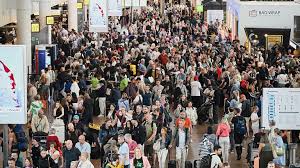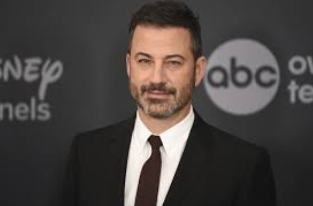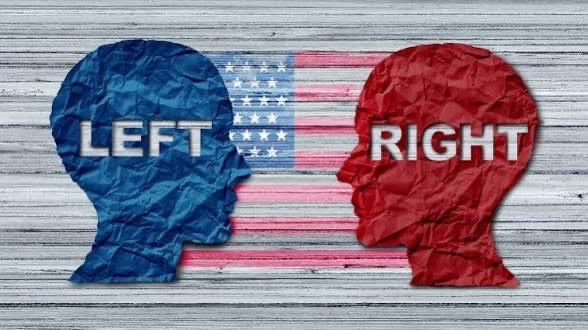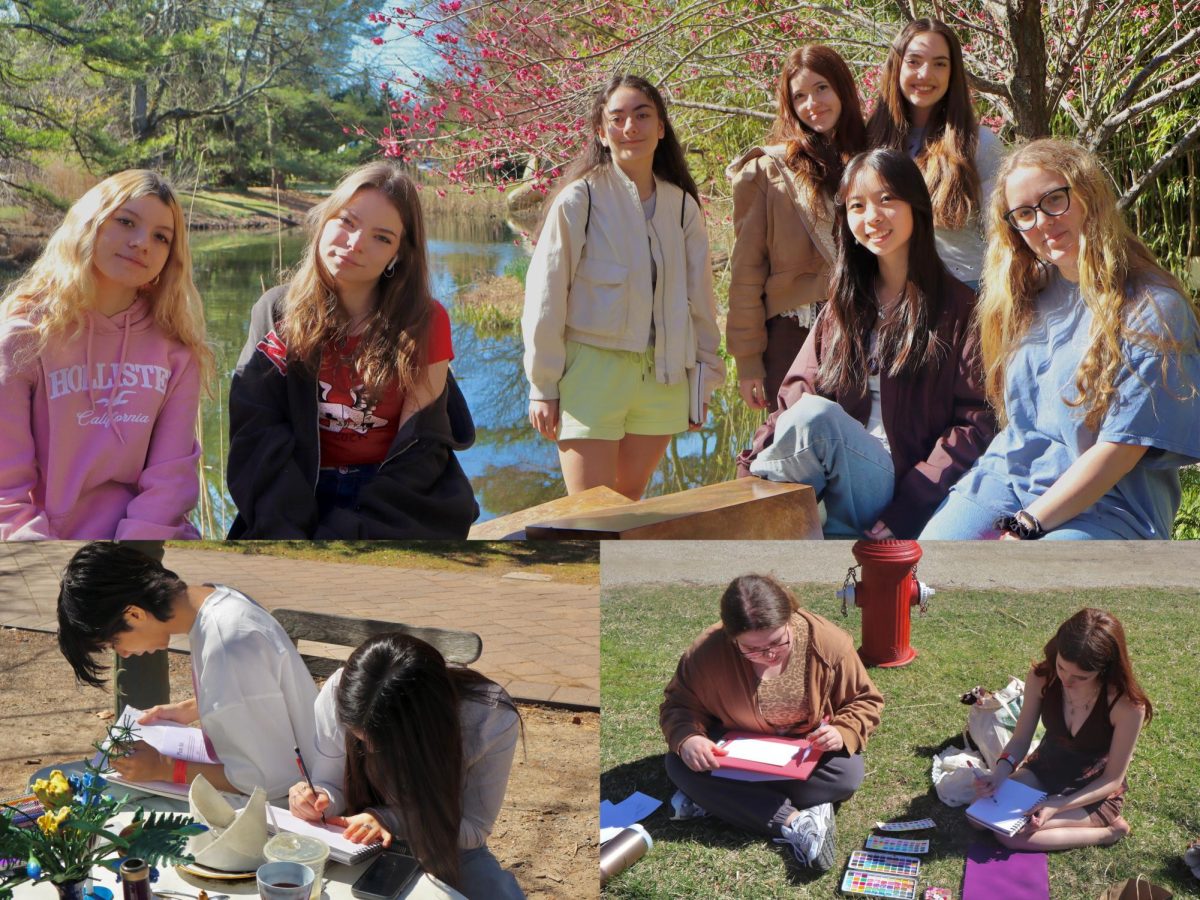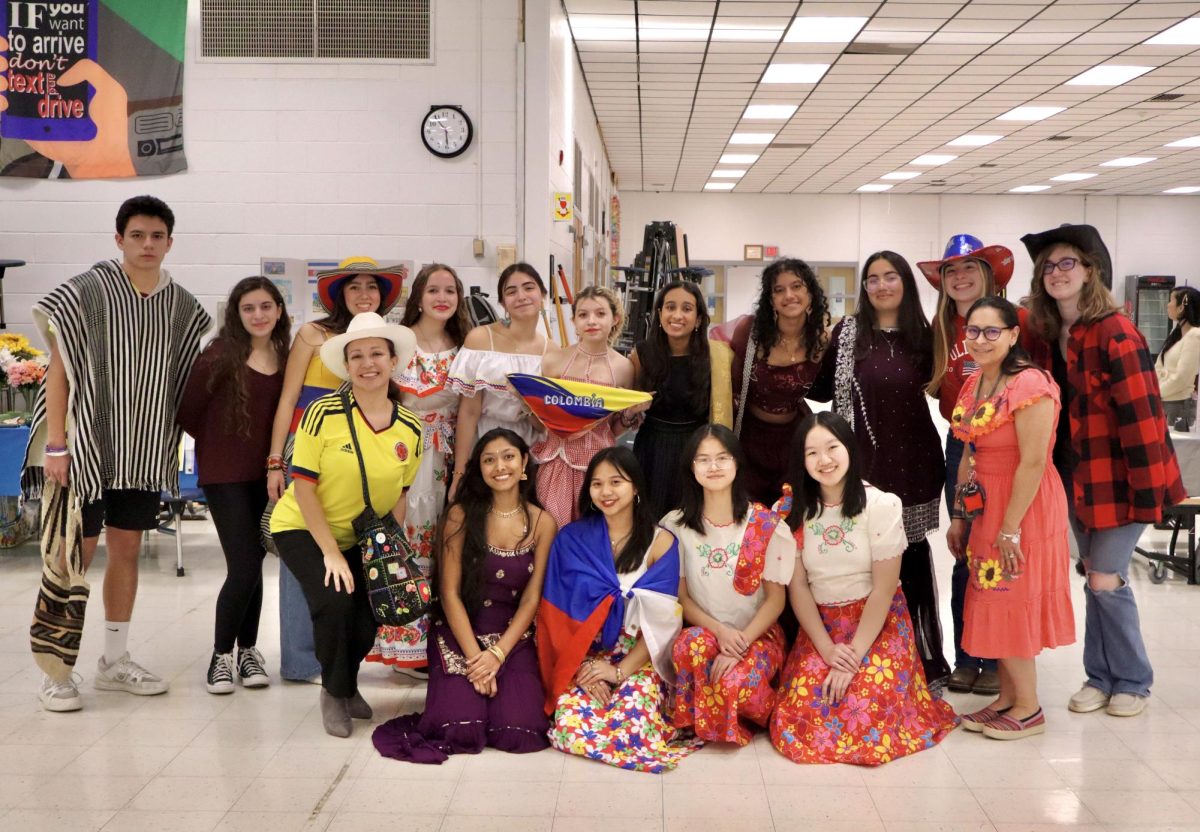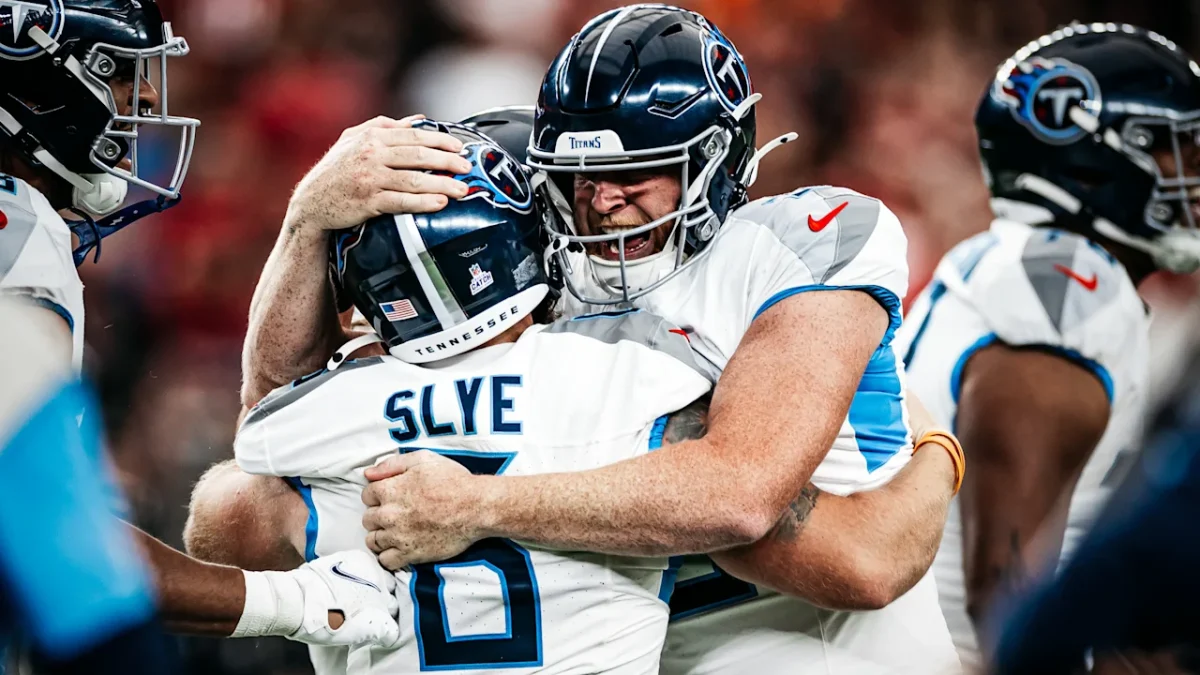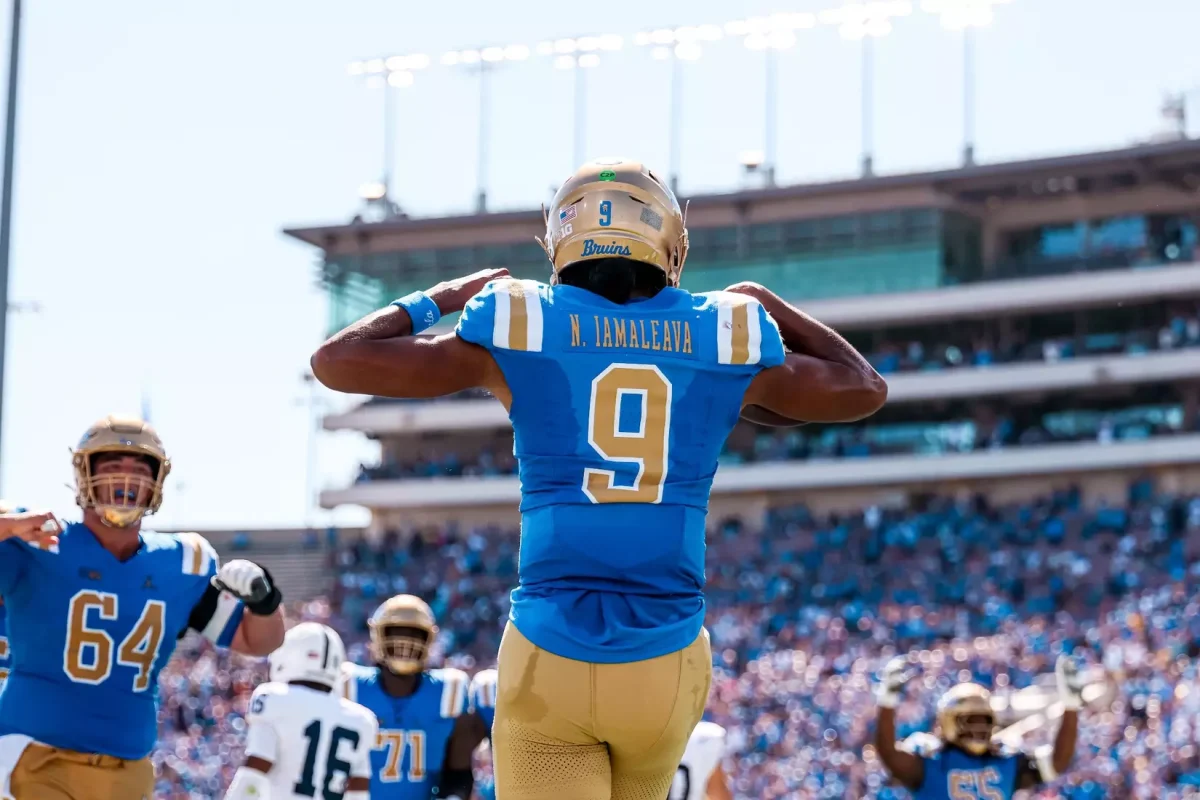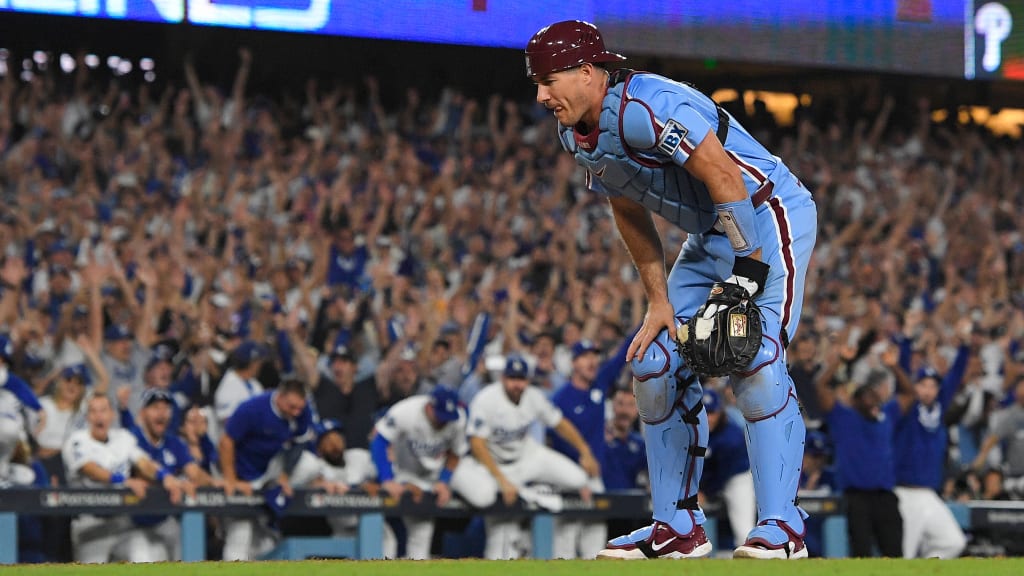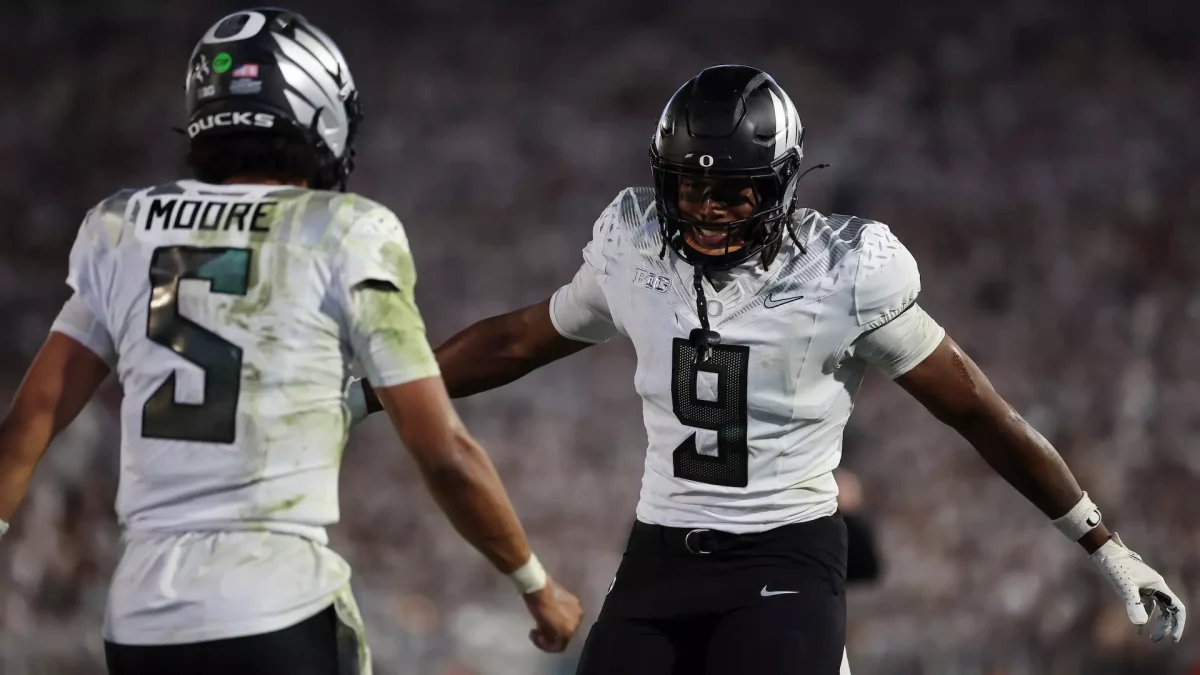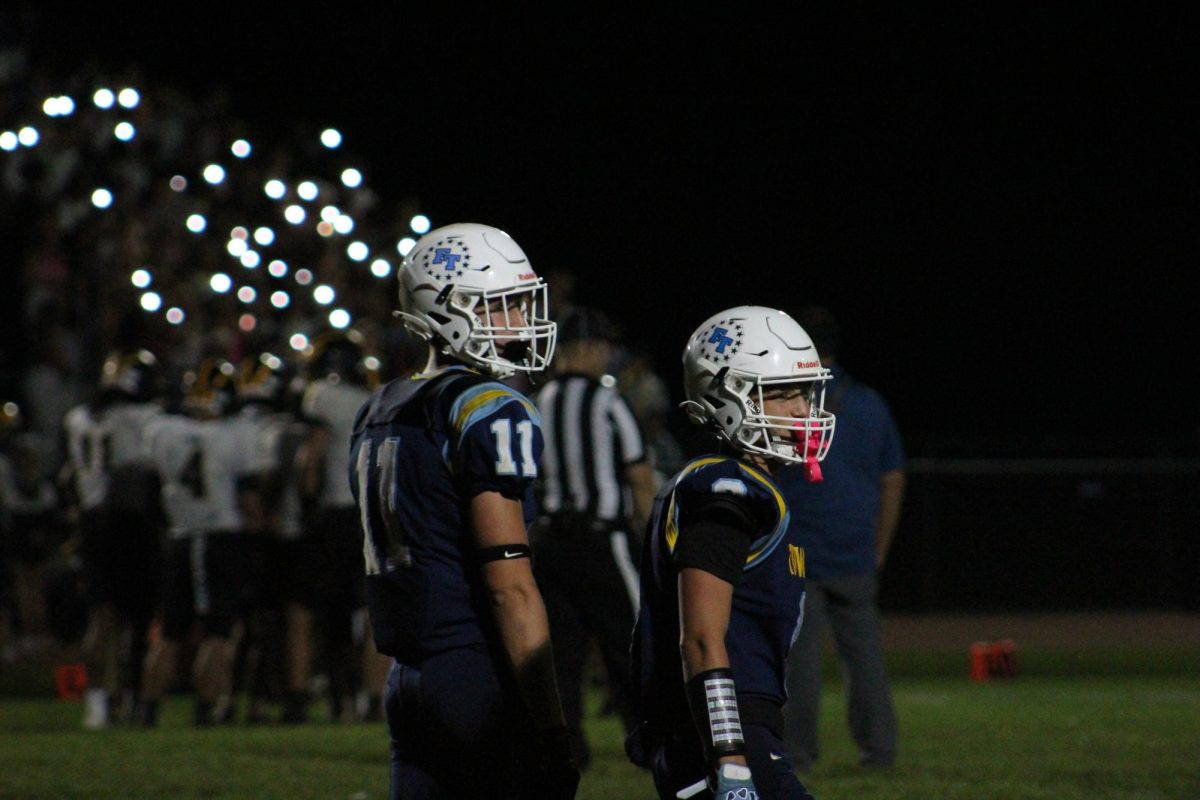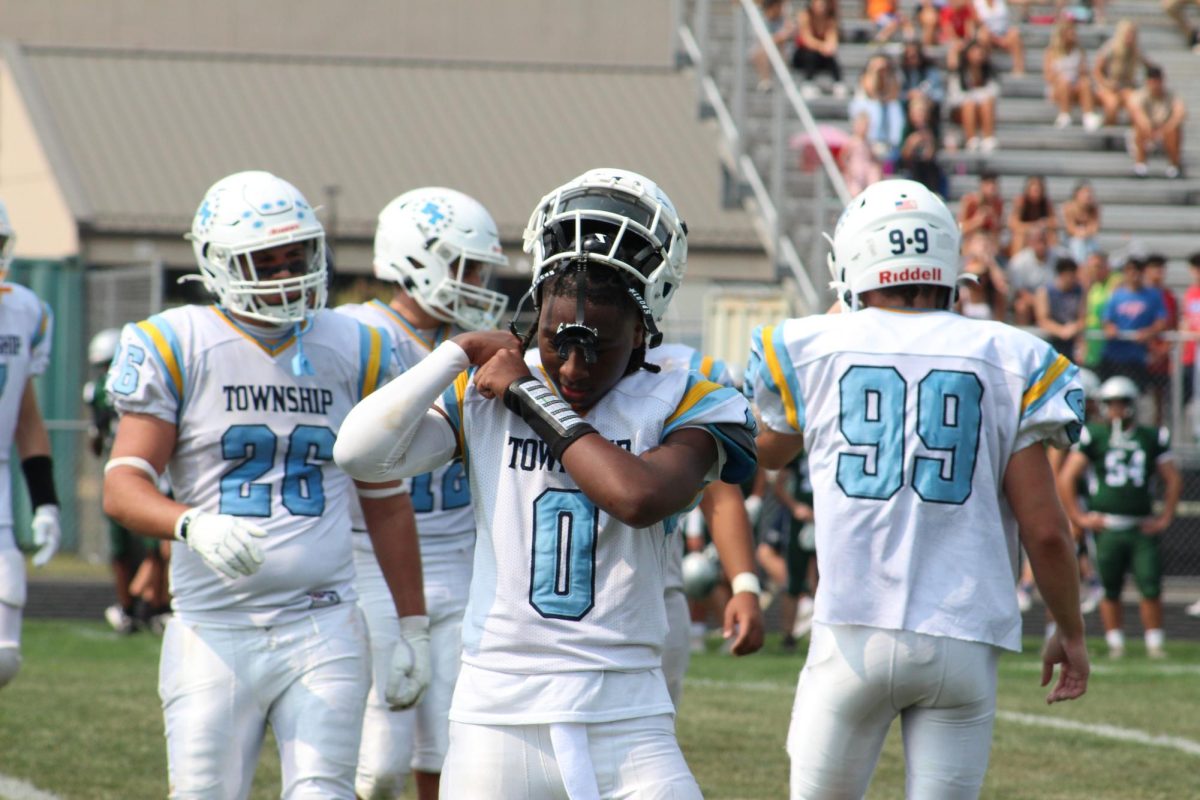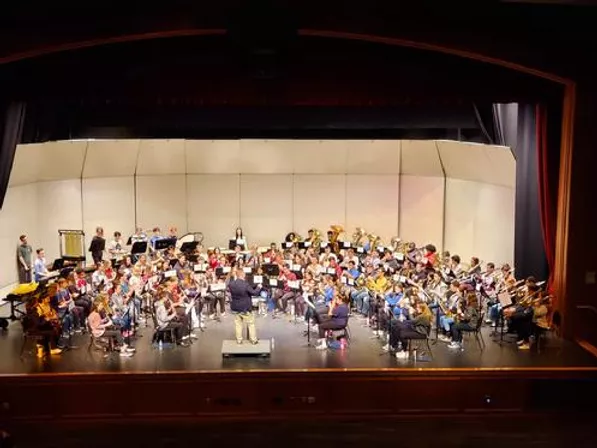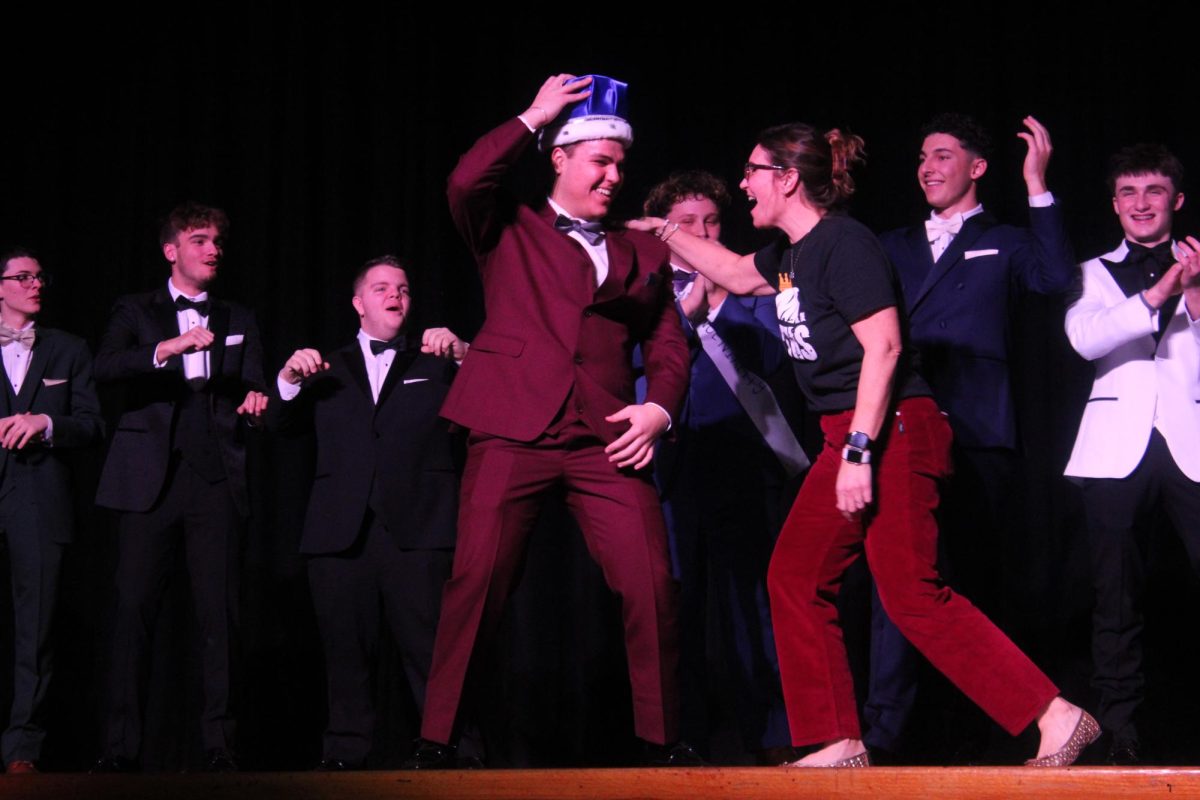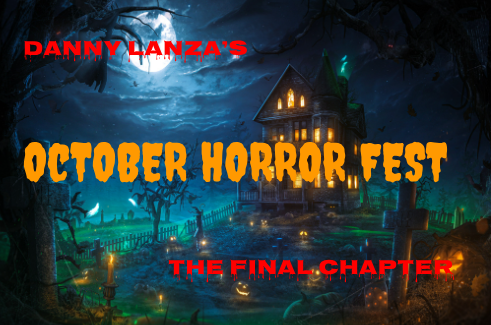
Greetings, and welcome back to October Horror Fest! Today, I decided to watch one of the most influential horror movies ever made. In fact, this film was not just influential for horror, but one of the most influential movies EVER made. It perfectly encapsulates the fears of its time, and creates one of the most famous pop culture icons. Let’s venture into the world of radioactive fears, the world at war, and the king of the monsters. Without further ado, sit back, relax, grab some Candy and Popcorn, and let’s review…
Godzilla (1954)
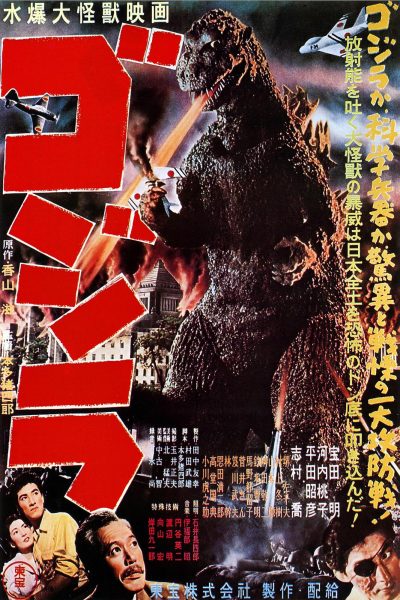
Our film begins with the logo of Toho, as we hear monstrous, booming footsteps in the background. It’s 1954, and we see the crew of Eiko-maru relaxing on board. They are tired soldiers, who are playing music and relaxing. HOWEVER, the sea around them begins to glow, and the ship sinks. The crew is able to get out one final SOS message before the ENTIRE ship goes under. We see scenes of chaos in the public, as worried families ask the Coast Guard for any details. The Bingo-maru, another freight boat, is sent out to look for any survivors. But, suddenly, the sea around it also glows, and it suffers the same fate. Even a small fishing boat from the nearby Odo Island goes out to save three survivors, and after they are taken aboard, it too suffers the exact same fate. What is going on!?
On Odo Island, the amount of fish in the water dramatically drops, with absolutely nothing coming in, not even small fry. One of the elders on the island knows what is happening, however. Although laughed off by the fellow islanders, he blames the bad luck on Godzilla (Gojira is his original name in Japanese, but the names are synonymous), an ancient sea creature buried deep within the ocean that settlers of the island used to give sacrifices to in order to appease. (yeah, I know, I wasn’t expecting Godzilla to go down the sacrifice route either). That night, after a few reporters arrive on the island to check out the situation, a HUGE storm hits the island. The storm (which looks INCREDIBLE for vfx and shots filmed and made in 1954) wipes out the island, destroying seventeen homes, kills twenty livestock animals, and even ends the lives of nine people. However, the storm was even destructive enough to destroy the helicopter used by the reporters. If you look VERY closely during the massive storm, you can see a towering leg reach ashore…
The next day (and subsequent next scene), lots of Odo Island residents reach Tokyo to beg for assistance. Based on the evidence and observations of the island made by the villagers and reporters, it is clear that something ELSE, besides the storm, destroyed the island. Professor Yamane (he’s really cool) is sent by the Japanese government to the island along with a small army of doctors and researchers. He finds a huge footprint, and within this footprint, he finds a trilobite, an early aquatic lifeform THOUGHT to go extinct around two million years ago. Yamane also discovers that the footprint contains a large amount of radiation. However, right in the middle of Yamane’s investigation, the village alarm bell rang. We see ANOTHER incredible shot of the villagers and researchers running to the other side of the island, as Yamane and his men stay behind to see whatever is here. And, here we have it ladies and gentlemen, the first on screen appearance of the King of the Monsters (I am a huge Godzilla fan and I was freaking out seeing this). Godzilla towers above the island, and Yamane is able to get a photo of him before retreating. He immediately thinks Godzilla is some sort of dinosaur (not a bad guess). Yamane returns to Tokyo, where he presents his findings. He believes that Godzilla is some sort of jurassic creature (measuring in at 50 meters (160ft for us Americans) tall), and that he has evolved from an ancient aquatic creature to be able to walk on land. Yamane then reveals his theory, and his theory is that recent hydrogen bomb testing in the waters has disturbed Godzilla, causing him to wake up and begin his rampage. (In case you did not know, Godzilla, and this film, is meant to be an allegory for the dangers of nuclear weapons, and the tragedy of Hiroshima and Nagasaki. THAT is the real horror of this film, and it is not lost on me). Immediately, fingers are pointed, and the government does what it does best, and disagrees, debating on whether or not the findings about Godzilla should be made public. During all of this fighting, however, SEVENTEEN ships are lost at sea. WOW.
Immediately after this, the military sends out its best ships to try and kill Godzilla in the ocean by using depth charges. However, it seems like the attack was mostly ineffective. Yamane HATES the mission, believing that Godzilla should be left alive in order to be studied. The government heads back to Yamane for more ways on how to kill our boy Gojira, but Yamane staunchly says that it is impossible (let me insert the quote here because it goes CRAZY). “Godzilla was baptized in the fire of the H-bomb and survived.” He insists that Godzilla must be studied, much to the dismay of the Government. In the meantime, let’s introduce our main cast, shall we? We have our girl Emiko, the daughter of Yamane, who is engaged in an arranged marriage to Yamane’s colleague Professor Serizawa. Emiko, however, is unhappy with the terms of the marriage, as she is in love with Hideto Ogata, a ship captain (every single character in this movie is so good I literally can’t pick my favorite). That day, Emiko sets out to Serizawa’s house to hopefully end their arranged marriage. However, she isn’t alone. A reporter, caught up in the chaos surrounding Godzilla, is dispatched to interview Serizawa. However, he doesn’t get anything out of the reclusive scientist (he has an eyepatch because he lost an eye in the war, not a big detail but it makes him look super cool). The reporter leaves, as Serizawa caves and shows Emiko what he is working on. He brings our girl into the basement, where lots of technology is set up, along with fish tanks. He drops a drop of SOMETHING into a fish tank, and a few seconds later, we see a flash of white light. Whatever Serizawa did, it terrifies Emiko, and she promises to Serizawa that she won’t tell a soul what he is working on. (you guys should really watch this movie, it’s so good) Emiko leaves, never having the chance to talk to Serizawa about their engagement.
Emiko returns home, and even though she is obviously depressed, she doesn’t reveal what she knows to Ogata or her father. During dinner at the house, we hear monstrous footsteps outside. Ogata heads out to see what is happening, and THIS, my friends, is where this movie truly cements its legendary status. In one of the most iconic film scenes ever made, making use of miniature models and real danger, Godzilla rises from the water to attack Shinagawa, a ward (borough) of Tokyo. The manifestation of all wrong with humanity rises from Tokyo Bay, and attacks the city ruthlessly. A train even passes by, and Gojira wastes no time in picking it up and destroying it. Seemingly satisfied with his attack, he heads back into the water, swimming away. (words do not do these scenes justice).
The next day, Japan consults international experts, as the nation descends into full red alert mode. The Government and Japan Self-Defense Forces (the military) decide to build a MASSIVE electric fence along the coast, which almost reaches 100 feet high. Utilizing transformers, the fence can generate and hold 50,000 volts. The forces at play are praying that this will be enough to kill Godzilla. Yamane keeps pleading with his men, saying that Godzilla needs to be studied due to his seeming invulnerability to radiation. However, his point goes nowhere, and the depressed professor heads home. At the Yamane household, our boy Ogata tries to speak to Yamane to get his blessing to marry Emiko. However, the two men engage in a heated argument surrounding Godzilla. Ogata says that killing Godzilla is more important than any scientific discovery that he may be used to make. Immediately after this, Yamane KICKS HIM OUT (poor Ogata), and Emiko tries to comfort him. However, there will be NO comfort for the people of Tokyo…
If I said the last Godzilla attack in this movie was iconic, it has NOTHING on this one. That night, Godzilla returns to Tokyo, leaving the water. The Kaiju is able to easily break through the electric fence, and wreaks HAVOC on Tokyo in truly one of the MOST iconic scenes in all of cinema. Gojira breaks down the fence using his atomic breath (another allegory for the bombs, but also his most iconic attack), and destroys anything in sight. Using his breath, he burns the city to ash, stomping on buildings and smacking the city around with his tail. It had me on the edge of my seat, just because it looks so GOOD. (it’s hard to imagine the true effect this had on audiences in 1954, because oh my god). After a good five minutes of this, Godzilla keeps up his rampage, destroying any attempts by tanks to kill him. He returns back to the water, having successfully wiped out a LARGE section of Tokyo, and completely ignores missiles by fighter jets as he descends into the depths. The next day, our connection to Hiroshima and Nagasaki grows rapidly, as we see hundreds of people lining the streets and in hospitals, maimed or even dead. We see families taken apart, children cry, and even some citizens irradiated. It is absolutely horrific, and like I said earlier, this is where the real horror of this film comes from.
Unable to take the devastation, Emiko tells Ogata everything she promised Serizawa she wouldn’t tell. We have a flashback to that night in the basement, where we see what actually happened. After the drop was put into the fish tank, all the fish turned into skeletons IMMEDIATELY, their bones and bodies dissolving. Serizawa has accidentally created a weapon called the “oxygen destroyer”, which causes oxygen atoms to disintegrate, causing whatever creature is in the way to suffocate and die, and then their bodies are completely dissolved. Knowing what he knows now, Ogata, along with Emiko, set out to Serizawa. They arrive, and try their very best to convince Serizawa to use the Oxygen Destroyer to kill Godzilla. However, he refuses. In a show of incredible character writing, Serizawa states that if he uses it, the powers of the world will give anything to create another. They will add it to their arsenal of superweapons, along with the A-bombs and the H-bombs, and humanity will have another device of mass destruction and death (god this movie was so ahead of its time). However, the T.V. turns on in the basement, and we are greeted with hundreds of girls singing a prayer for Japan (I have no idea how the crew got this shot, I have no idea how they got HUNDREDS of girls to sing, but I’m not complaining because this scene is so impactful). Our hero Serizawa takes a deep breath, and gives in, burning his notes just so the world will never know how to create an Oxygen Destroyer. Emiko breaks down in tears, as we fade to black on the sight of the burning notes…
It’s the next day, and it’s time for the people of Japan. With the iconic and epic Godzilla theme playing in the background, a theme that has been used for seventy years, the military assembles on a ship. Ogata and Serizawa get into diving suits, and head down into the depths to confront Godzilla. Serizawa carries the last Oxygen Destroyer on the planet with him, and they only have one shot. Once reaching the bottom in ANOTHER incredible scene, Serizawa looks on through his visor, and fiddles with Ogata’s gear, causing him to go back up to the surface. Ogata SCREAMS for Serizawa, but his mind is made up. Serizawa cuts his oxygen supply off, and radios to Ogata, saying he wishes that Ogata and Emiko will be happy together. He bids our pair farewell, as we see bubbles rise to the surface as the Oxygen Destroyer gets to work. Godzilla begins to wail around on the bottom, and after Serizawa cuts off his supply, in a last ditch effort, the King of Monsters swims up to the surface. He roars and tries to swim, until he falls back down to the depths. We see Gojira’s skeleton, and then nothing. The monster has been defeated. On the ship, Serizawa is given full honors, becoming the greatest scientist of the century. As mourning continues around him, Yamane stares into the ocean. Surrounded by his men, he leaves us with his chilling words. As long as nuclear weapons are still created, and continue to be tested, somewhere, sometime, another Godzilla may rise, ready to bring destruction and death to the world, and the humans that disturbed him. As long as humanity continues to fly too close to the sun, Godzilla will be there…
THERE WE HAVE IT. Wow. Just wow. I know I sound like the fakest fan out there when I say this, but I adore Godzilla. I’ve loved him for years, but this is my FIRST time watching the original film. Gojira came out in 1954 (it eventually came to the U.S. as Godzilla: King of the Monsters! In 1956, although the story was slightly changed). And, although it came out seventy years ago (happy anniversary Godzilla!), this movie’s themes still ring true today. Humanity has horrors beyond any horror movie in Horror Fest. It will never change unless we do, and Godzilla will always be here to show us the consequences of our actions. ON THAT NOTE, I hope you all enjoyed it! I was so happy to share this one with you all! AND, Happy 13th!!! Before you all head to bed for the night, never forget this. Godzilla will always be here, and if we continue down our path, he may show us what horrors we have unleashed…

